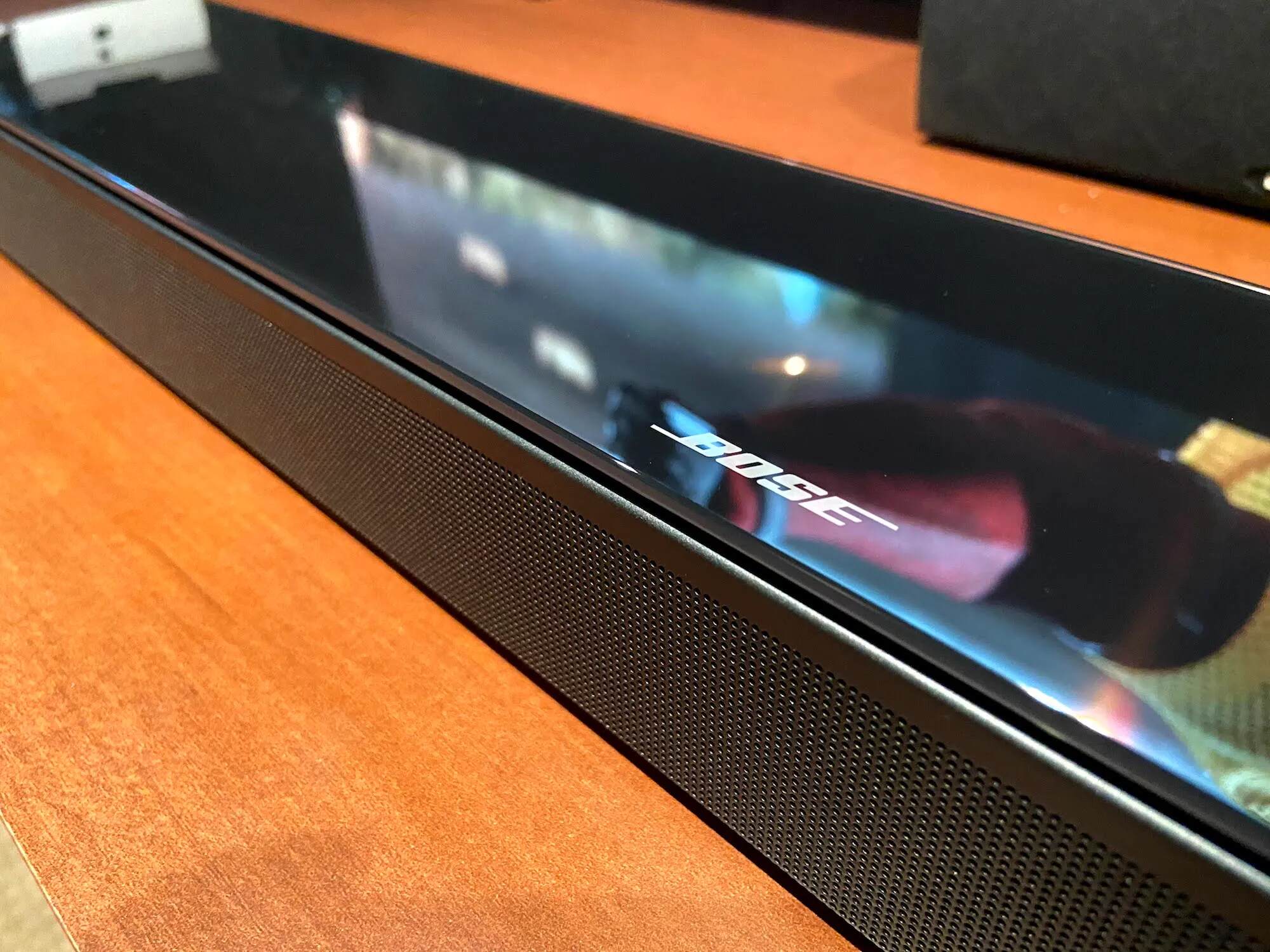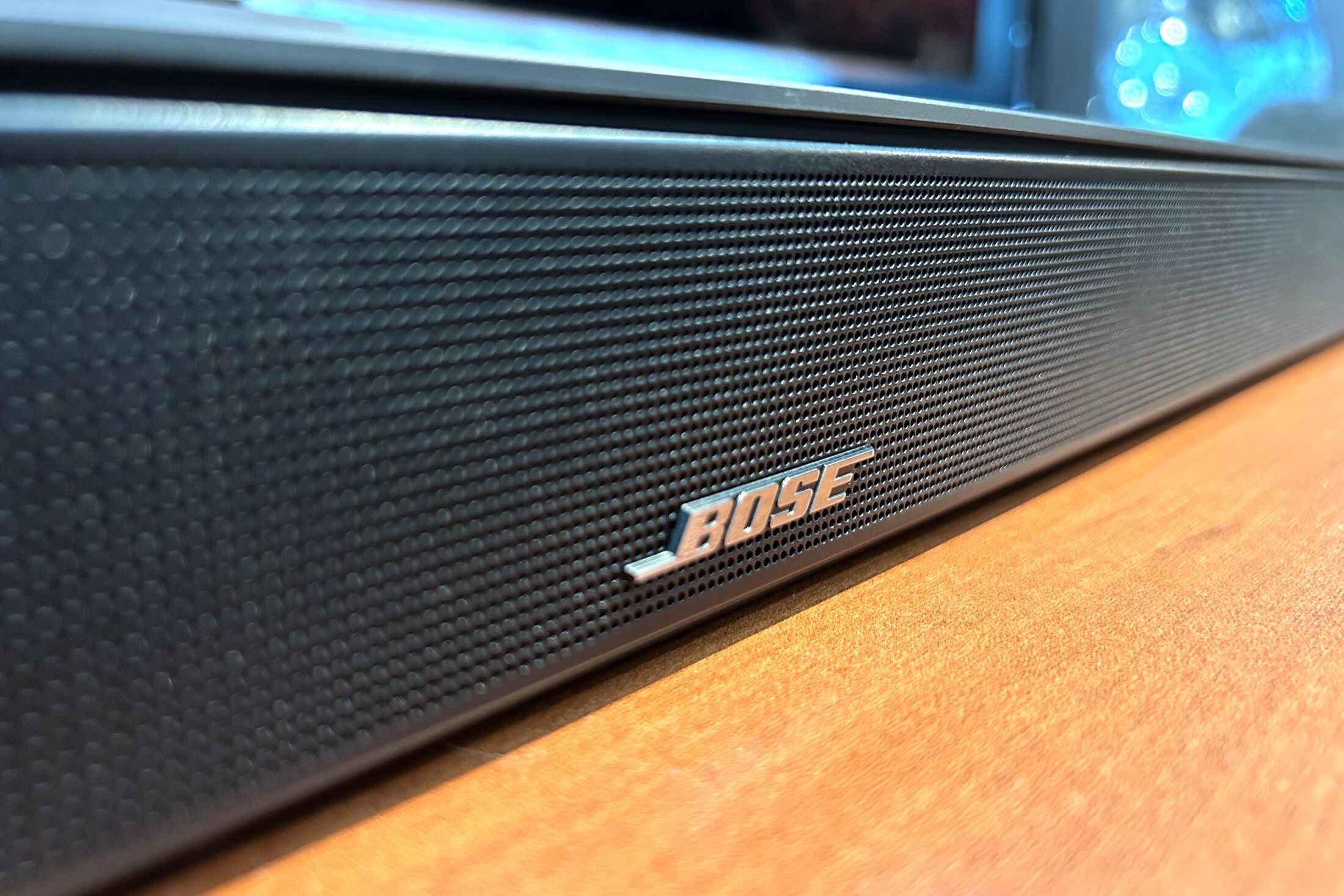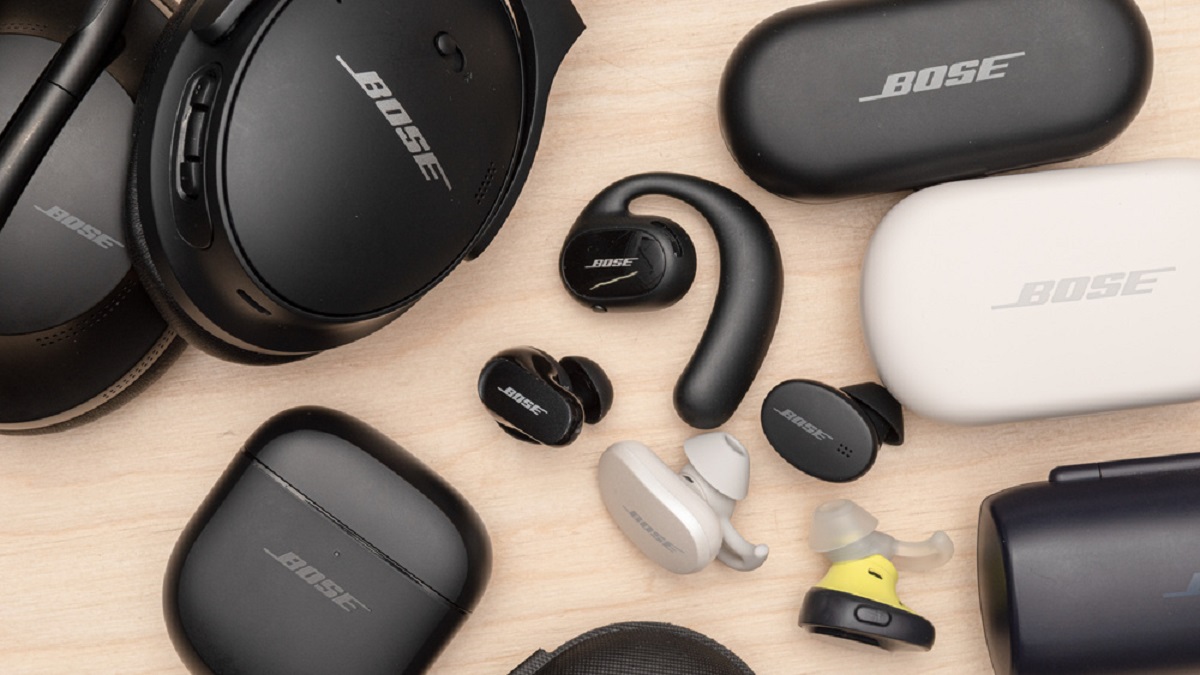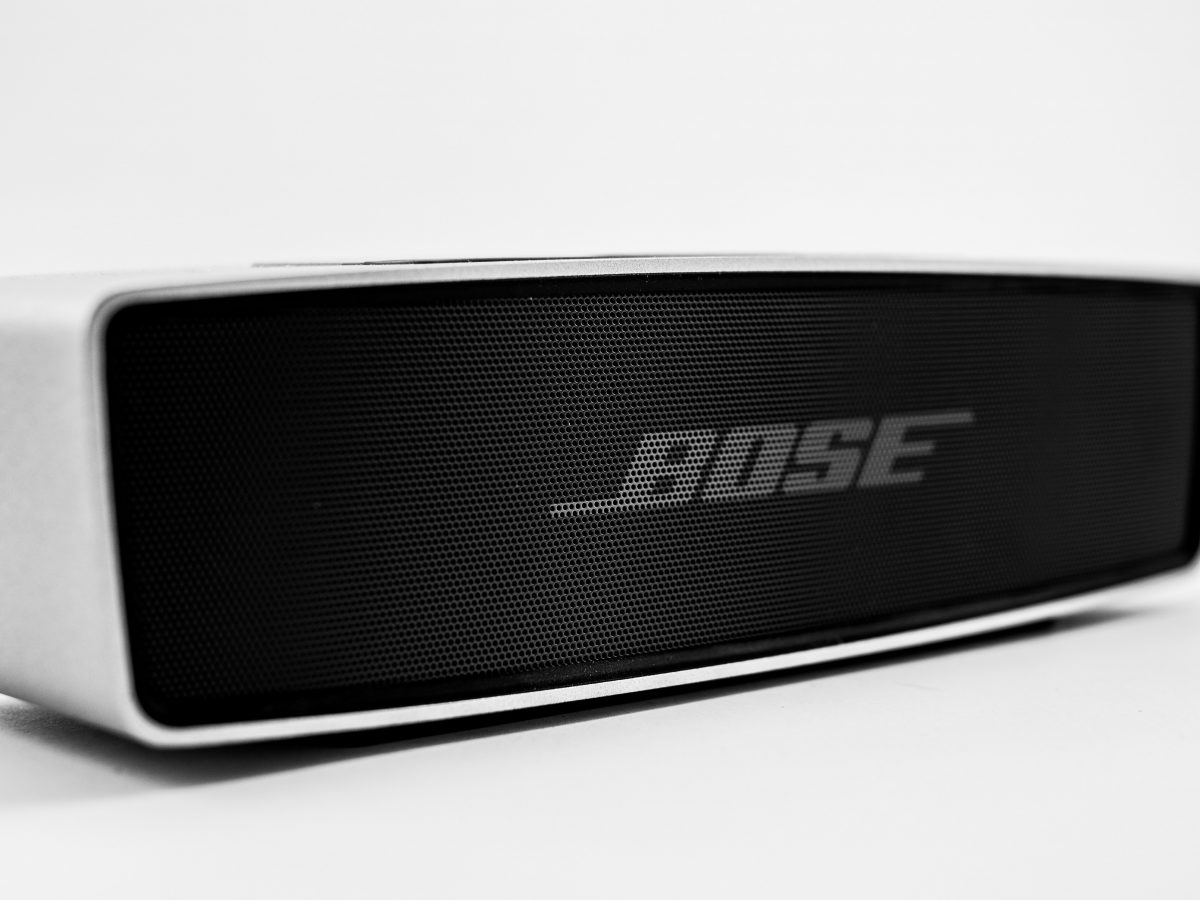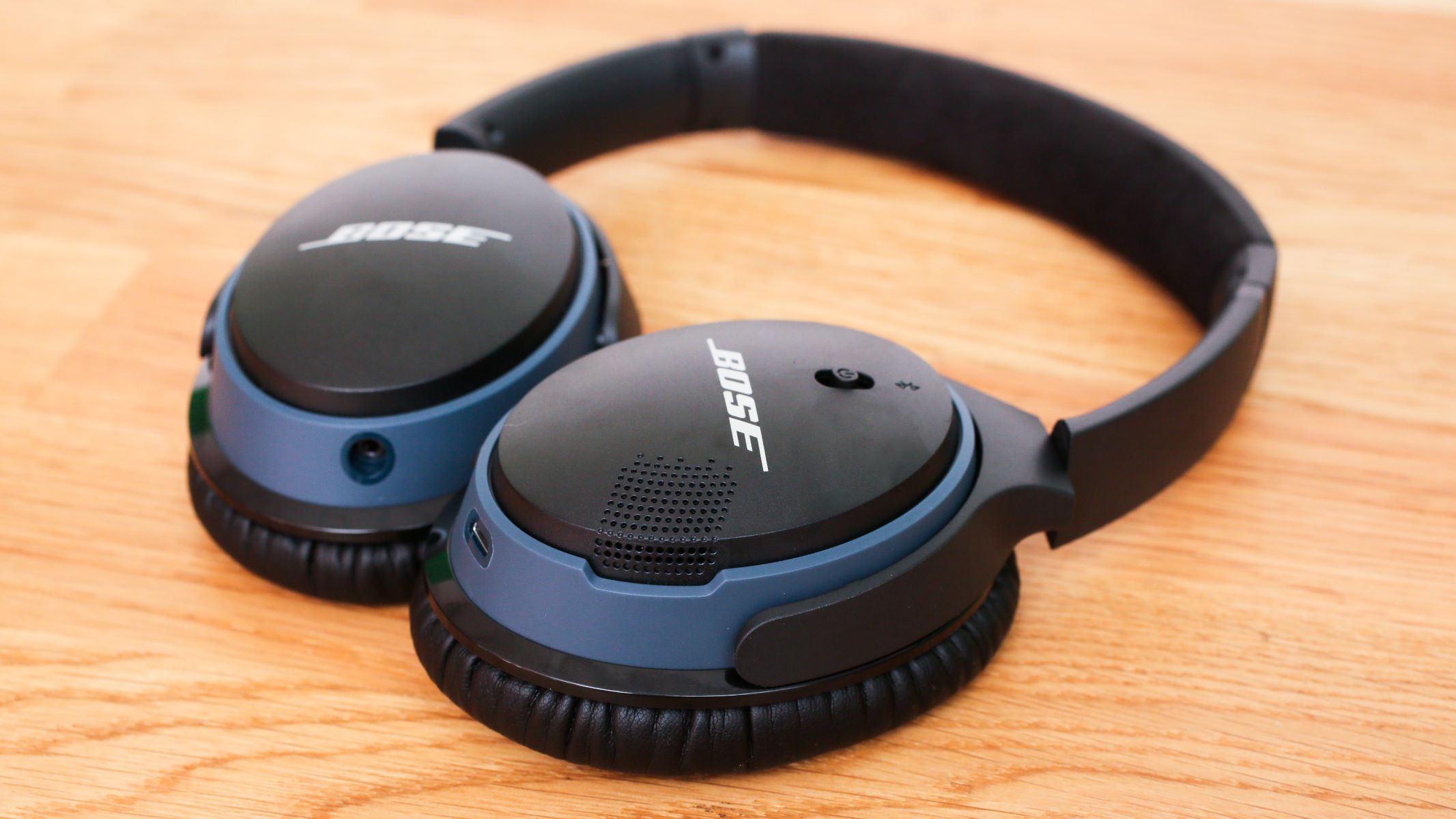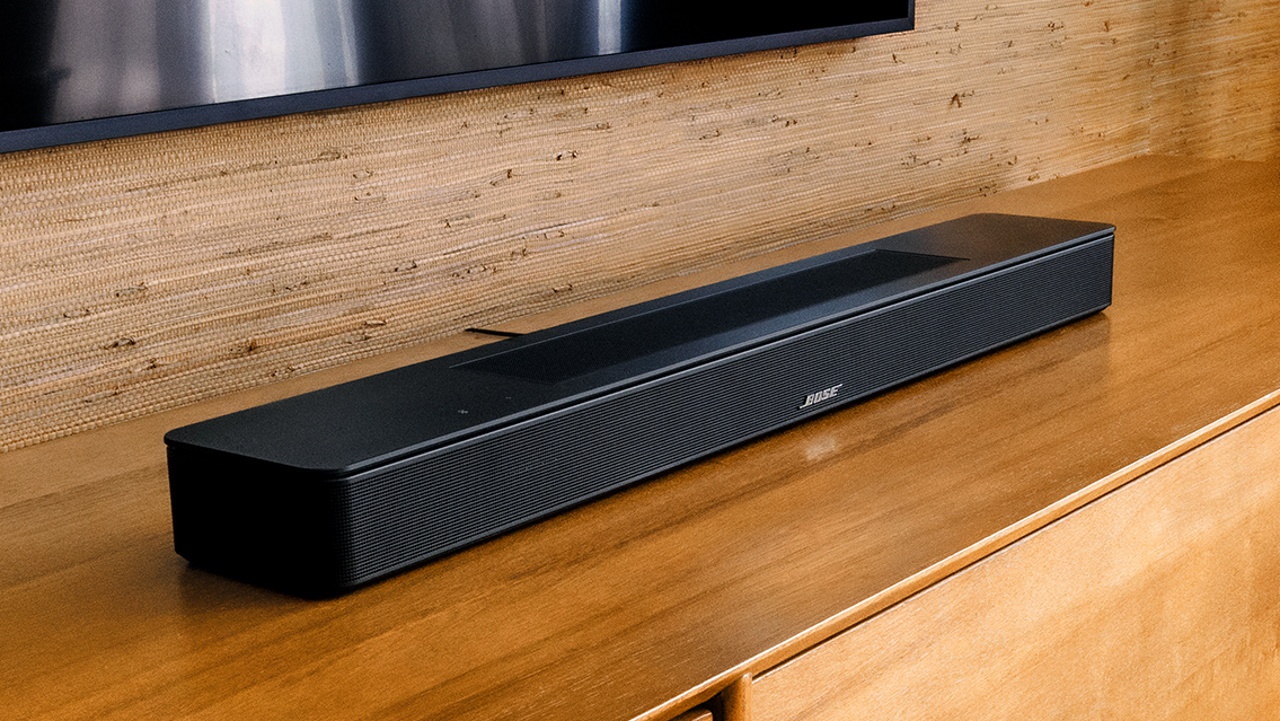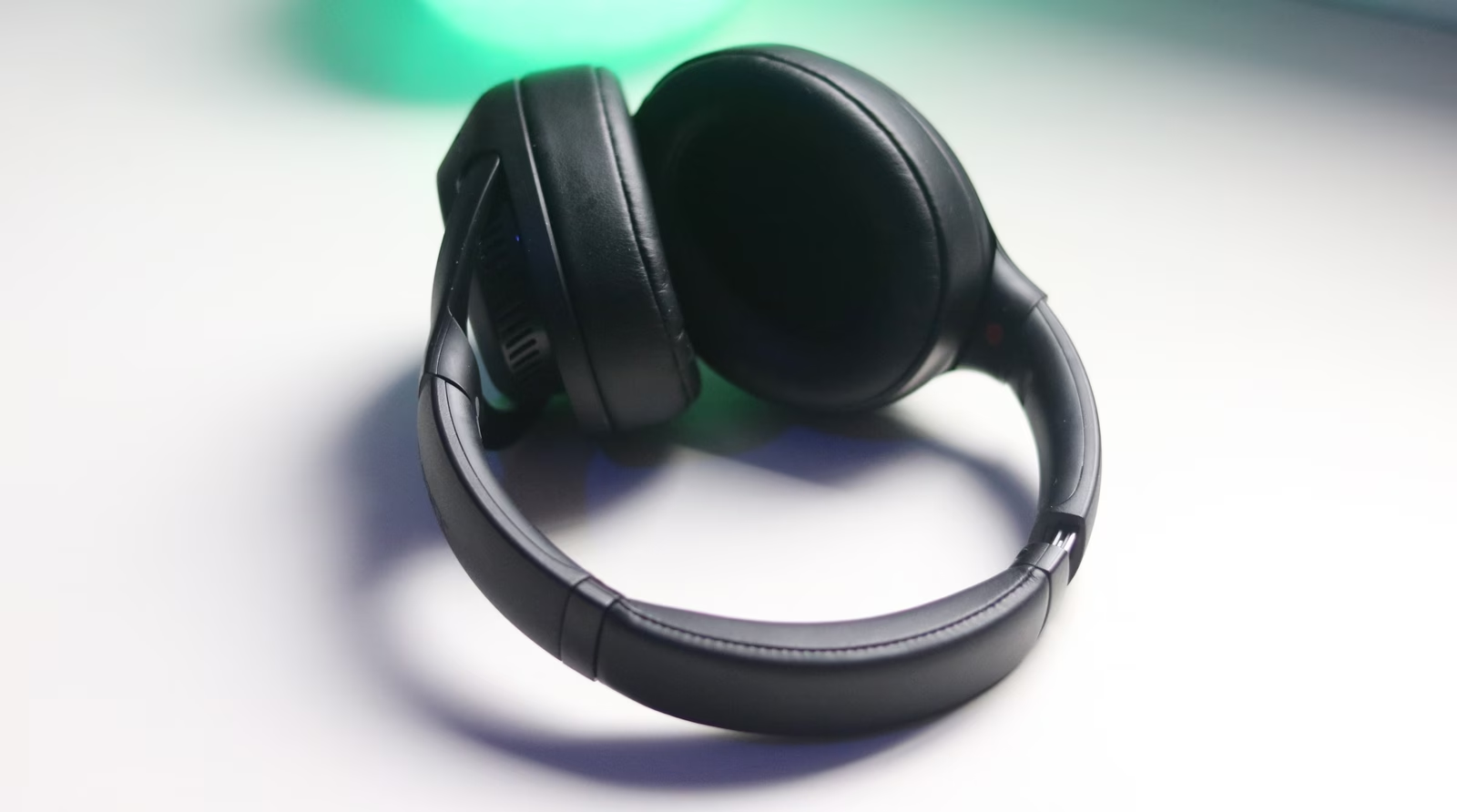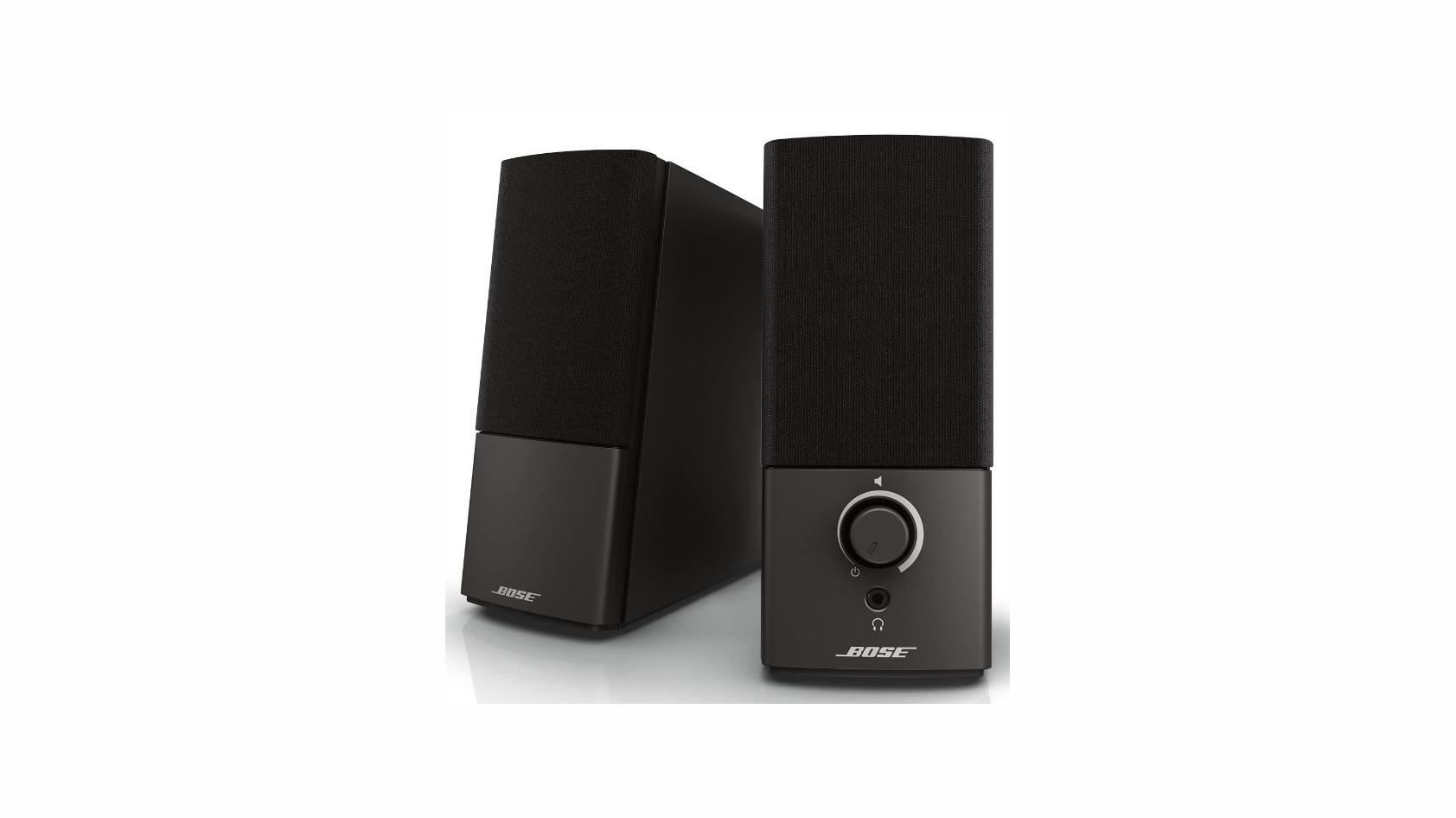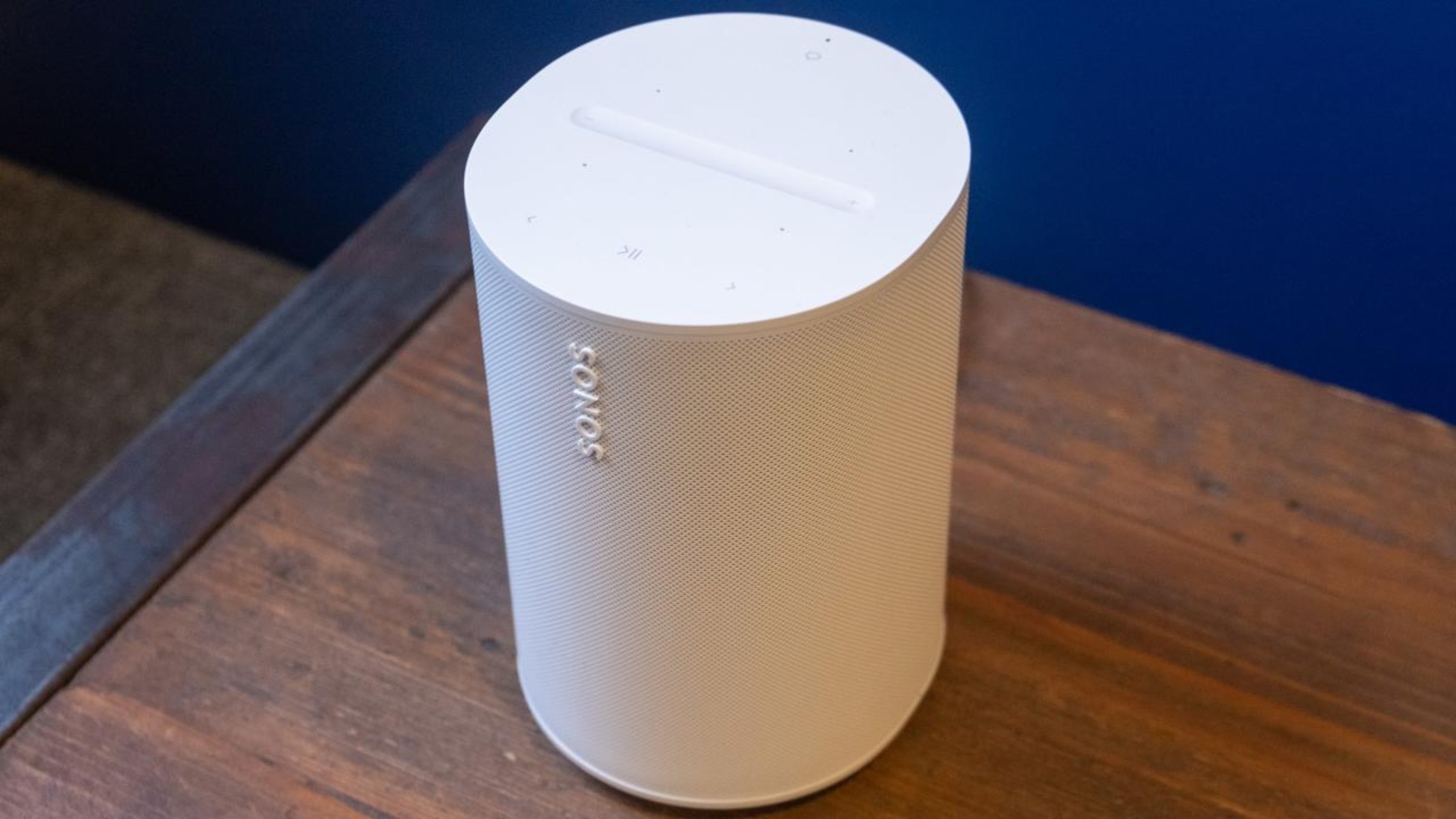Introduction
Are you eager to elevate your audio experience by connecting your iPhone to your Bose Soundbar? With the seamless integration of technology, it's now easier than ever to sync your iPhone with your soundbar and immerse yourself in high-quality sound. By following a few simple steps, you can enjoy your favorite music, podcasts, and more through your Bose Soundbar directly from your iPhone.
Whether you're hosting a gathering, relaxing at home, or simply want to enjoy your music collection, connecting your iPhone to your Bose Soundbar opens up a world of possibilities. With the convenience of wireless connectivity, you can effortlessly stream your preferred audio content and take full advantage of the impressive sound quality that Bose is renowned for.
In the following guide, we'll walk you through the process of connecting your iPhone to your Bose Soundbar, enabling you to harness the power of these two exceptional devices in unison. From checking compatibility to utilizing the Bose Music app, we'll cover each step in detail to ensure a smooth and successful connection. So, grab your iPhone and let's embark on this journey to seamlessly integrate your device with your Bose Soundbar.
Step 1: Check Compatibility
Before diving into the process of connecting your iPhone to your Bose Soundbar, it’s essential to verify the compatibility of both devices. Ensuring that your iPhone and Bose Soundbar are compatible will lay the foundation for a seamless connection and optimal performance.
First and foremost, confirm that your Bose Soundbar supports Bluetooth connectivity, as this will be the primary method of linking it to your iPhone. Most modern Bose Soundbar models are equipped with Bluetooth functionality, allowing for wireless pairing with a variety of devices, including iPhones.
Next, check that your iPhone is running on a compatible operating system. Bose Soundbars typically support a wide range of iOS versions, but it’s always prudent to ensure that your iPhone’s operating system is within the supported range. This can easily be verified by navigating to the settings of your iPhone and accessing the “About” section to view the current iOS version.
Additionally, it’s beneficial to visit the official Bose website or refer to the product manual for your specific Soundbar model to confirm compatibility with iPhones. Bose often provides detailed information regarding compatible devices and operating systems, ensuring that you can make an informed decision before initiating the connection process.
By taking the time to check the compatibility of your iPhone and Bose Soundbar, you can mitigate potential issues and proceed with confidence, knowing that both devices are well-suited for seamless integration. Once you’ve confirmed compatibility, you’re ready to move on to the next step and initiate the connection process.
Step 2: Connect via Bluetooth
Now that you’ve verified the compatibility of your iPhone and Bose Soundbar, it’s time to establish a wireless connection between the two devices using Bluetooth. This wireless pairing method offers the flexibility and convenience of streaming audio from your iPhone to the Bose Soundbar without the hassle of physical cables.
Begin by ensuring that Bluetooth is enabled on your iPhone. Navigate to the “Settings” app, select “Bluetooth,” and toggle the switch to activate it. Once Bluetooth is active on your iPhone, your device will begin scanning for available Bluetooth-enabled devices in the vicinity.
Simultaneously, activate the Bluetooth pairing mode on your Bose Soundbar. This process may vary depending on the specific model of your Soundbar, so it’s advisable to refer to the product manual for detailed instructions on initiating Bluetooth pairing mode. Typically, this involves pressing a designated button on the Soundbar or accessing the Soundbar’s settings menu to enable Bluetooth connectivity.
Once the Bose Soundbar is in pairing mode, it should appear in the list of available devices on your iPhone’s Bluetooth settings screen. Select the Bose Soundbar from the list to initiate the pairing process. Your iPhone will then establish a secure Bluetooth connection with the Soundbar, enabling seamless audio streaming from your device to the Soundbar’s powerful speakers.
After successfully pairing your iPhone with the Bose Soundbar via Bluetooth, you can start enjoying your favorite music, podcasts, and other audio content with remarkable clarity and depth. The wireless nature of this connection liberates you from the constraints of physical cables, allowing for a truly immersive audio experience.
With the Bluetooth connection in place, your iPhone and Bose Soundbar are now synchronized, ready to deliver exceptional sound quality and elevate your listening experience. As we move forward, we’ll explore additional methods to enhance the integration between your iPhone and Bose Soundbar, further maximizing their combined potential.
Step 3: Use Bose Music App
Harnessing the power of the Bose Music app can further enhance the connectivity and functionality of your Bose Soundbar when paired with your iPhone. This dedicated app offers a wealth of features designed to optimize your audio experience, providing seamless control and access to a myriad of entertainment options.
First, ensure that the Bose Music app is installed on your iPhone. You can download the app from the App Store, and once installed, launch the application to begin the setup process. The Bose Music app serves as a centralized hub for managing and customizing the settings of your Bose Soundbar, allowing you to fine-tune audio preferences and explore additional functionalities.
Upon launching the Bose Music app, you’ll be prompted to connect to your Bose Soundbar. Follow the on-screen instructions to establish a connection between the app and your Soundbar. Once connected, you’ll gain access to a range of controls and settings that enable you to tailor your audio experience to your preferences.
One notable feature of the Bose Music app is the ability to stream music directly from popular services such as Spotify, Apple Music, and Pandora. By linking your preferred music streaming accounts within the app, you can seamlessly access your playlists and enjoy a diverse selection of music genres through your Bose Soundbar, all controlled from your iPhone.
Furthermore, the Bose Music app provides intuitive controls for adjusting sound settings, creating personalized presets, and exploring immersive sound effects. Whether you’re seeking a cinematic audio experience for movie nights or fine-tuning the sound profile for music playback, the app empowers you to customize the audio output according to your preferences.
By leveraging the capabilities of the Bose Music app, you can seamlessly integrate your iPhone with your Bose Soundbar, unlocking a host of features that enrich your audio immersion. The app’s user-friendly interface and comprehensive functionality make it an indispensable companion for maximizing the potential of your Bose Soundbar, further elevating your entertainment experience.
Step 4: Control Soundbar with iPhone
Once your iPhone is connected to your Bose Soundbar, you can leverage its functionality to control and manage various aspects of the Soundbar’s performance, adding a layer of convenience and versatility to your audio setup. Through the use of compatible apps and built-in features, your iPhone becomes a powerful tool for seamlessly interacting with and optimizing the capabilities of your Bose Soundbar.
One of the key methods for controlling your Soundbar with your iPhone is through the utilization of voice assistants such as Siri. Many modern Bose Soundbar models support voice control, allowing you to adjust volume, switch inputs, and even play specific content using simple voice commands via Siri. By enabling this feature and granting the necessary permissions, you can effortlessly manage your Soundbar’s functions without having to physically interact with the device.
Additionally, certain Bose Soundbar models offer compatibility with Apple’s AirPlay technology, enabling you to stream audio from your iPhone directly to the Soundbar with ease. By selecting the Bose Soundbar as the AirPlay output device on your iPhone, you can enjoy seamless playback of your favorite music, podcasts, and other audio content through the powerful speakers of the Soundbar, all controlled from your iPhone.
Furthermore, the HDMI-CEC (Consumer Electronics Control) feature, available on select Bose Soundbar models, facilitates seamless integration with your iPhone. This allows you to control the Soundbar’s power, volume, and input selection using your iPhone’s TV remote or the control interface of your TV, streamlining the overall user experience and simplifying the management of audio playback.
For a more comprehensive and tailored control experience, consider exploring third-party remote control apps available on the App Store. These apps can provide additional functionalities and customization options, allowing you to fine-tune the settings of your Bose Soundbar, switch between audio sources, and optimize the sound output, all from the convenience of your iPhone.
By harnessing the capabilities of your iPhone to control and manage your Bose Soundbar, you can streamline your audio setup and tailor the listening experience to your preferences with remarkable ease and flexibility. The seamless integration between your iPhone and Bose Soundbar empowers you to optimize audio playback, access a diverse range of content, and enjoy immersive sound quality, all from the palm of your hand.
Conclusion
Connecting your iPhone to your Bose Soundbar opens up a world of possibilities, allowing you to seamlessly stream your favorite audio content and immerse yourself in high-quality sound. By following the steps outlined in this guide, you can establish a robust connection between your iPhone and Bose Soundbar, unlocking a host of features and functionalities that enhance your audio experience.
From checking the compatibility of your devices to utilizing the Bose Music app and leveraging advanced control options, the integration between your iPhone and Bose Soundbar offers a seamless and immersive audio experience. The wireless connectivity provided by Bluetooth enables you to effortlessly stream music, podcasts, and more from your iPhone to the powerful speakers of the Soundbar, eliminating the constraints of physical cables and enhancing convenience.
Furthermore, the Bose Music app serves as a centralized platform for managing and customizing your Soundbar’s settings, providing access to a wide range of audio streaming services and intuitive controls. By harnessing the capabilities of your iPhone, you can fine-tune the audio output, create personalized presets, and explore immersive sound effects, tailoring the listening experience to your preferences.
Moreover, the ability to control your Bose Soundbar using your iPhone, whether through voice commands, AirPlay, or third-party remote control apps, adds a layer of convenience and versatility to your audio setup. This seamless integration empowers you to manage various aspects of the Soundbar’s performance, optimize audio playback, and enjoy a truly immersive listening experience, all from the palm of your hand.
As you embark on this journey to seamlessly integrate your iPhone with your Bose Soundbar, you’re poised to elevate your audio experience and unlock the full potential of these exceptional devices. By leveraging the wireless connectivity, advanced control options, and intuitive interfaces, you can immerse yourself in captivating soundscapes, tailored to your preferences, and enjoy a new dimension of audio entertainment.
So, grab your iPhone, explore the possibilities, and embark on a journey of seamless audio integration with your Bose Soundbar. The synergy between your iPhone and Bose Soundbar promises a captivating audio experience, enriched by convenience, versatility, and remarkable sound quality.







